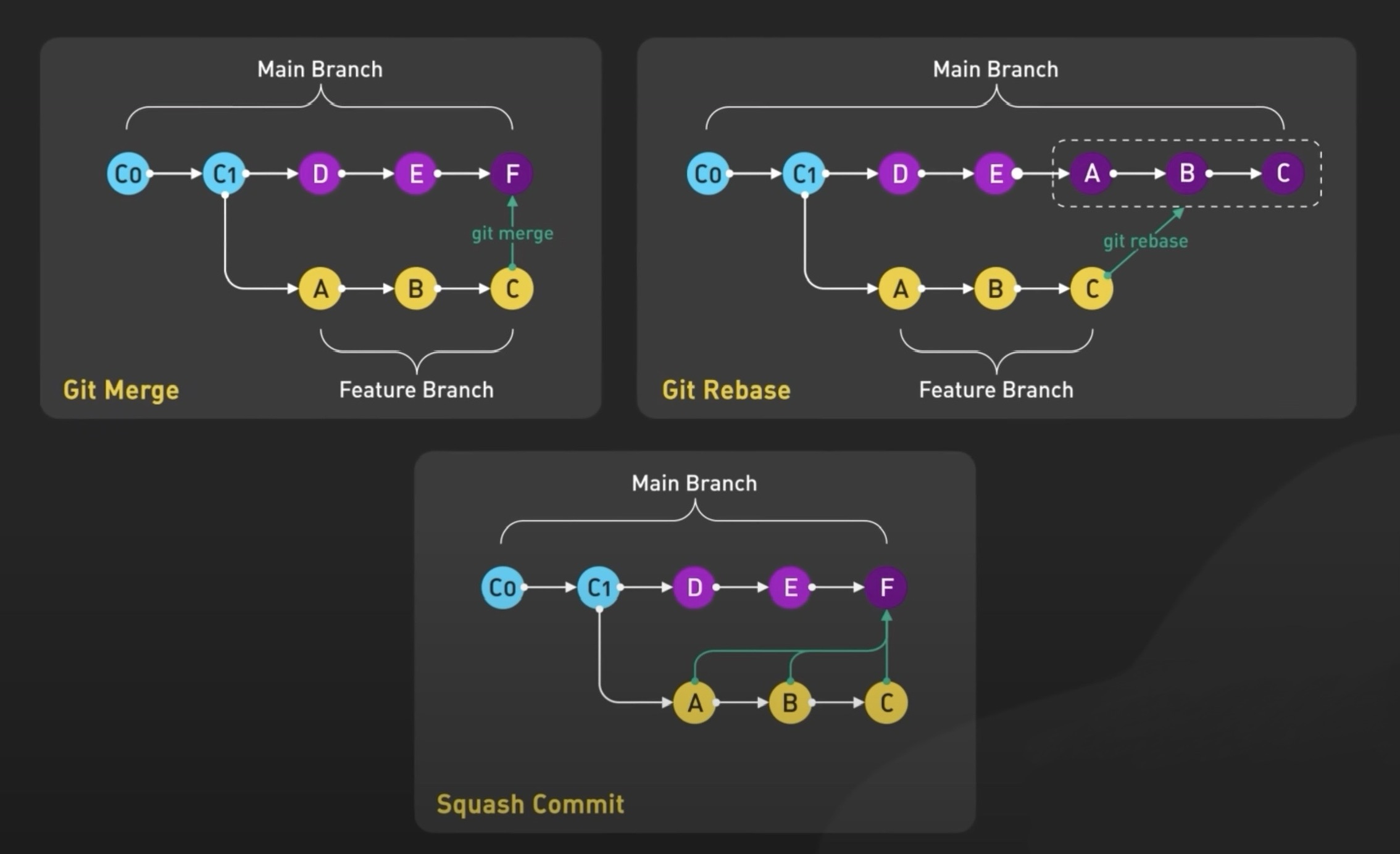This is a personal memo for reference on Git commands.
Git Setup
git config --global user.name "Your Name"
git config --global user.email "you@example.com"
git --version
First, you should configure your Git identity, which is used to associate your commits with your GitHub account.
Start a New Repository
mkdir my-repo
cd my-repo
git init
git init initializes a new Git repository in the current directory, creating a .git/ folder to track version history and changes.
Tracking and Committing Files
git status # Show changed files
git add <file> # Stage file
git commit -m "Message" # Commit staged files
git commit -a # Stage and commit modified files
git push # Push local commits to the remote repository
Understanding how our local workspace interacts with the remote repository is important. Below are some Git commands related to that interaction:
git remote -v # Show configured remotes
git remote show origin # Show details of the 'origin' remote
git fetch # Download changes from remote (no merge)
git pull # Fetch and merge remote changes
git push # Push local commits to the remote repository
The diagram below illustrates my understanding of these commands.

Review Changes
git diff # Show unstaged changes
git diff --staged # Show staged changes
git log # View commit history
git log -p # Show diffs per commit
git log --oneline --graph # Visual history
Amend or Revert
git commit --amend # Modify last commit
git revert HEAD # Create new commit that undoes latest
git reset # Unstage changes
git checkout <file> # Restore file from last commit
git checkout can change to another branch: git checkout branch-name
File Operations
git rm <file> # Delete tracked file
git mv old.py new.py # Rename/move file
git add -p # Interactively stage parts of files
Branching
git branch # List branches
git branch new-feature # Create branch
git checkout new-feature # Switch to branch
git checkout -b better-feature # Create and switch
git merge feature # Merge into current branch
git branch -d old-branch # Delete local branch
Rebase & Squash
git rebase main # Rebase onto main
git rebase -i main # Interactive rebase (squash, fixup)
git commit --amend # Modify last commit
You can find some online resources that explain rebase, merge, and squash graphically. Those three styles were very confusing to me 🥺
I’ll continue updating this memo as I deepen my understanding of Git—thanks for reading!
